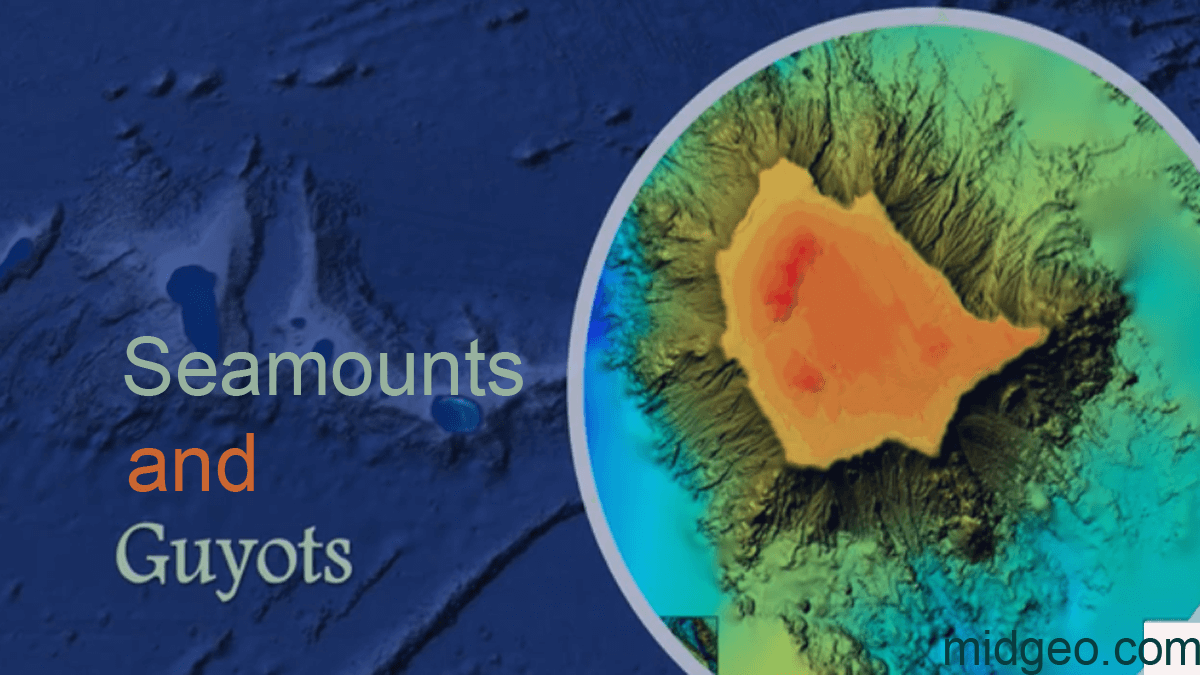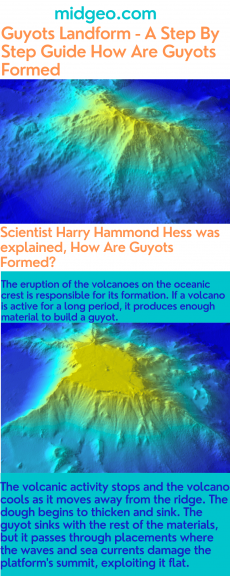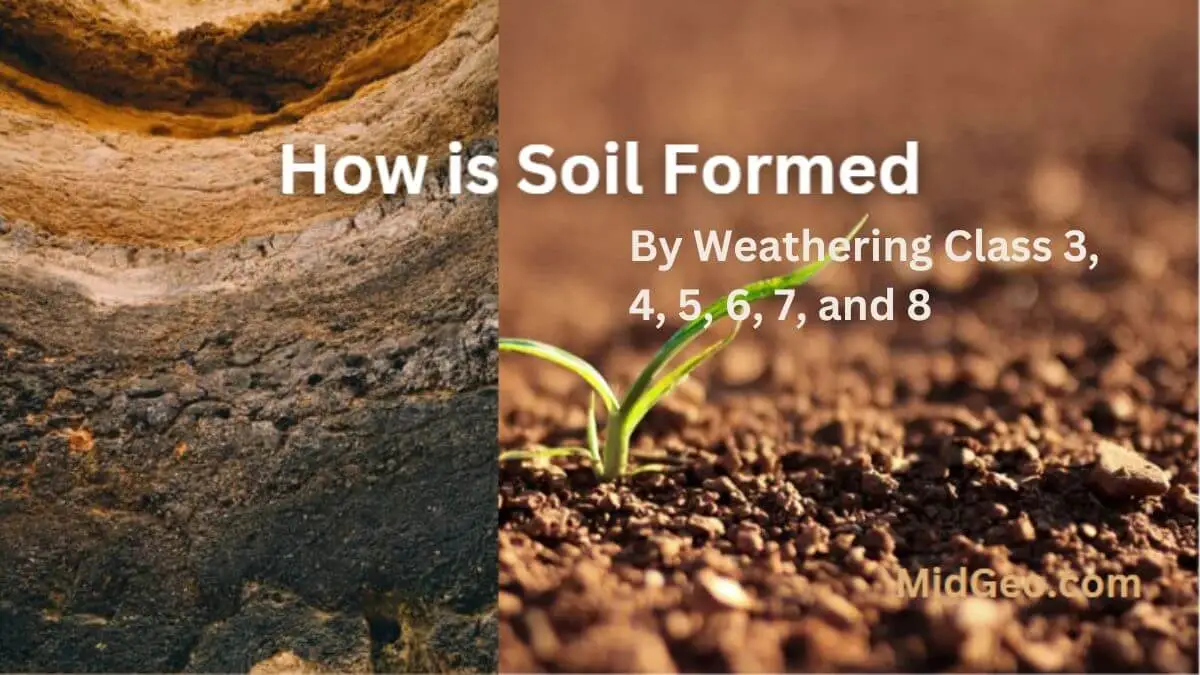
You may hear about landform. In the same way, the ocean floor has different kinds of landforms. It is formed in different ways. Guyots is one of them. Guyots is a solitary underwater volcanic mountain (seamount) with a flat top, sometimes known as a table mount.
So are you interested to know, How Are Guyots Formed?
Guyots are most prevalent in the Pacific Ocean, but they have been discovered in all oceans except the Arctic. Seamounts, on the other hand, are volcanoes that never reached sea level, leaving their peaks intact and formed like volcanoes on land.
If you looking for ocean underwater landforms, seamounts, and guyots. In this, A Step By Step Guide How Are Guyots Formed? Also, seamounts relationship with guyots.
Seamounts and Guyots
Seamounts and guyots both are undersea landform made by volcanic activity. Let’s know more about seamounts and guyots.

What is a seamount?
Undersea mountains generated by volcanic activity, known as seamounts, were formerly regarded to constitute little more than a threat to submarine navigation.
The structure of these undersea mountains contributes to the ecological diversity of seamount environments. Nutrients are pushed upward into the ocean floor toward the sunlight surface by the steep slopes of seamounts, producing food for organisms ranges from corals to fish to crabs.
According to new statistics, seamounts cover around 28.8 million square kilometers of the Earth’s surface. Deserts, tundra, and any other particular land-based world habitat on the world are dwarfed by this.
What is Guyots?
A guyot is a form of volcanic mountain. Guyots are undersea volcanoes that can be found all over world, growing in size till eventually approach the ocean’s surface. They are ultimately degraded to their original underwater heights.
The presence of old coral reefs at the slopes of many guyots indicates that they were previously tall enough to reach the ocean’s surface.
Seamounts, from the other hand, are guyots that never made it to the ocean’s surface. Seamounts can reach heights of more than 10,000 feet (3,048 meters), and they can be isolated or part of an undersea mountain range.
- 10 Importance of Geography in the World: Why Studying Geography Matters for Individuals and Nations
- World Environment Day 2025: Date, Theme, and Significance
- Relative vs. Absolute Location | Definition & Examples
How Are Guyots Formed
Scientist Harry Hammond Hess was explained, How Are Guyots Formed? The eruption of the volcanoes on the oceanic crest is responsible for its formation. If a volcano is active for a long period, it produces enough material to build a guyot.

As the volcano continues to erupt and makes its way apart from ridge’s axis, the oceanic floor spreads and leaves these landforms. The volcanic activity stops and the volcano cools as it moves away from the ridge.
What are Landforms? Substantial Types of Landforms, Formation, Example
MidGeo – Landforms
The dough begins to thicken and sink. The guyot sinks with the rest of the materials, but it passes through placements where the waves and sea currents damage the platform’s summit, exploiting it flat.
There are meaningful differences in the rate of crust accretion on the ridges because the rate of accretion is not continual. There are guyots with varied lengths or their own level of the axis. The edges of the guyots develop less than the rest.
On one slope and the other of the ridge, variations of these formations can be discovered. The African plate, for example, increases at a rate of 1,3 cm per year, while the North American plate barely grows at a rate of 0,8 cm per year. As a result, the guyots that form on the various plates have varied structures. What they all have in particular is a roof that has been flattened by the ocean’s erosional impact.
Why are Guyots formed?
The lava emitted as a result of volcanic eruptions cools over time to
Volcanic eruptions cause magma over time it cools, and ocean crust and guyots are formed. Through the process of isostasy, the lithosphere that the future guyot rides on gradually cools, becoming denser and sinking deeper into Earth’s mantle.
Moreover, the erosive effects of waves and currents are concentrated at the surface, with the tops of guyots generally lying below this zone of heightened erosion.
What is Guyot made of?
Guyots feature the most diverse geology of all the Pacific seamounts, and thus the most diverse habitats for species to dwell in. A guyot’s base and edges are comparable to those of a conical seamount. Both are constructed of volcanic rock that rises from the abyssal seafloor’s flat, sediment-covered surface.
However, some landform is certainly may form constantly, but some form millions of years, Just like seamounts and guyots are made of.
If you have any queries on how are guyots formed then put your comment in the box below.





